The following post is presented by Microsoft Surface. Our partners are hand picked by the Design Milk team because they represent the best in design.
Dusen Dusen, the eponymous fashion label of Brooklyn-based designer Ellen Van Dusen, is in high demand these days. Her vibrant catalog of womenswear buzzing with kinetic repetition and color is complemented with an equally frolicsome home goods collection of pillows, bedding, throws, and even pet beds. Evidence of the Memphis Group, Sol LeWitt, Yaacov Agam, 60s mod motifs, and perhaps even a little bit of 80s surf/skate culture and 90’s hip-hop fashion tint the breadth of Van Dusen’s whimsical designs. When asked who this party of patterns is for, Van Dusen replies, “I think Dusen Dusen most appeals to people that are interested in standing out in a way that is not over the top, have a sense of humor and whimsy, and don’t take themselves too seriously.”
As part of the Microsoft Surface Experiments – a new series of projects inviting the most exciting creative talents today to explore, experiment, and collaborate using the Microsoft Surface – Ellen was given the freedom to venture into new creative territory. The result is ABC RYB, an interactive book exploring the effects of color and pattern on the eyes and mind. We talked to Van Dusen about using the Surface Pro 4 to help turn her “brain’s reaction to movement, color, and contrast” into a “dream project…something out of the realm of my usual production”.
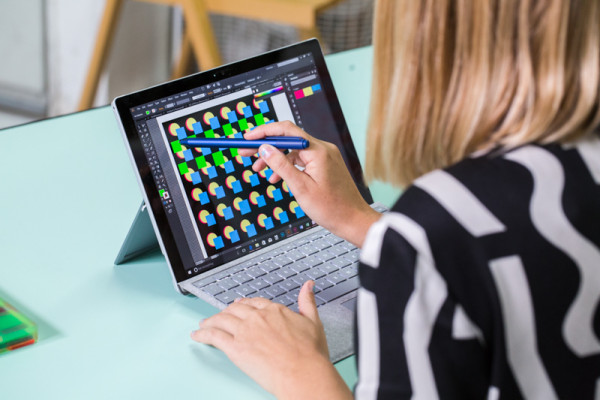
The daughter of two architects, Van Dusen emerged from self-directed studies in the neuroscience of visual systems at Tufts University to launch fashion label Dusen Dusen in 2010 (so nice, it has to be said twice). “I started the brand as exclusively as a printed clothing line…working from the same starting point of color, shape, and repetition.”
Could you give us the elevator pitch for your Surface Experiment project.
When I was asked to participate in the Surface Experiments project I was really excited, because the concept allowed an incredible amount of freedom—create something you’ve never made before using the Surface. It gave me an opportunity to do something different, something that I’ve wanted to do but never had the chance to pursue. I’ve always had an interest in color and color mixing, and kicked around a couple ideas to explore this concept. We landed on what I think was the best of these—a book of 10 patterns using transparent vinyl cut out pages.
A very big and colorful book! ABC RYB…could you explain the concept behind the title?
ABC RYB is a book designed to explore the basics of color – the ABC’s of R(ed) Y(ellow) B(lue). I’ve always been interested in color, transparency and light, and how colors change when they are layered or juxtaposed. ABC RYB is a visual exploration of the basic concept of color mixing through patterns.
Each page is a single transparent layer with a patter that adds up to a grander patter when layered. Every pattern consists of a red, yellow, and blue page. When layered a 6-color pattern is created. Even though this principle of color mixing is something we all learned as kids, when looking at the full pattern, it’s hard to convince your eye that the pattern is just made up of red yellow and blue. I like art and design that forces you to question your own perception and experience, and to make you think about the mechanisms behind why we see the way we do.
I used the Surface Pro to design each pattern/page in the book, primarily with Adobe Illustrator. Using Illustrator allowed me to create perfectly geometric patterns, then isolate colors easily, and line up each page before sending the files to a laser cutter. They were able to then directly transfer the design onto semi-transparent vinyl. Using the Surface Pen, I was able to draw right on the screen. The pen is sensitive to pressure making creating the patterns super natural.
Sounds like you got used to using the Surface and Surface Pen quickly.
After getting used to new shortcuts, it was smooth sailing. Often when I am designing prints I’ll start on paper, scan it in, and bring it into Illustrator. Working directly with the pen in Illustrator eliminated that step, and meant that I could work anywhere (like at home, where I don’t have a scanner).
The layered colored transparent vinyl pages of ABC RYB remind me of a deconstruction/reconstruction of a Yaacov Agam piece, and I kept imagining “reading” pages in either direction. Was there any hierarchy of color related to direction or movement?
When determining the sequence of the book, I was more concerned with the order of patterns than order of colors within each pattern. The only areas in each pattern that would change based on color sequence would be in the 3 layer portions – mostly in the border. I wanted this to change as you went through the book, so each color would have equal representation as you leaf through the pages. It was important for me to set a narrative within the book, but anyone who is looking at it is free to subvert that as they wish, going forwards or backwards (and I think it works in both directions).
I am hugely influenced by kinetic art and Yaacov Agam in particular, and love the way his paintings change based on where you are in the room when you look at them. I didn’t make the connection when designing the book, but it was definitely influenced by his approach to perception and movement.
ABC RYB also seems to switch back and forth between states of simplicity and complexity by page turn.
What I’ve always been interested in is the most basic level of the visual process, and why we are inherently drawn to certain colors or combinations of colors. I like the idea of ‘tricking’ the eye into looking at something. Patterns with strong contrast create a sense of movement in the brain, which draws the eye, and certain color combinations alert the brain to food or danger. I’m not consciously thinking about this all the time when I’m designing a print, but these concepts shape my ideas about design in general.
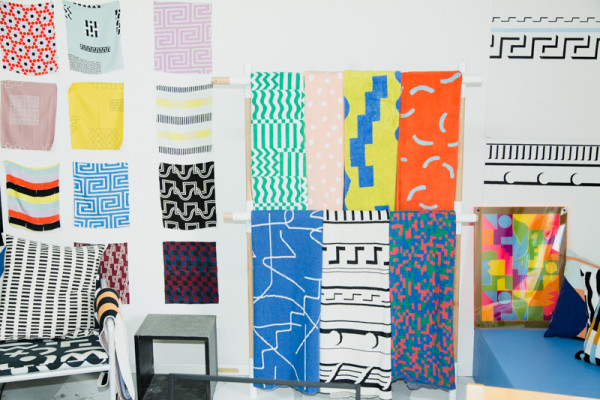
Despite their 2-dimensionality, many of Van Dusen’s patterns vibrate with implied motion or the magnified patterns sometimes revealed peering by microscope. Visually energizing, yet mentally soothing.
What do you believe makes for a successful pattern?
I think a successful pattern must have balance in both color and shape. A single panel should be able to function as artwork on its own, but become a stronger composition once it’s repeated. As I’ve gotten deeper into textile design I’ve been plagued by finding the repeats in patterns out in the world (in tiles, wallpaper, architecture…can’t not look for them) and I think the best patterns are the ones where the repeats are difficult to find.
There’s a musicality and rhythm evident in your work, both individually, but also in groupings. That makes me wonder what’s on your playlist.
I love this question! I listen to music all day in the studio, it really helps me to concentrate and focus. Currently I’m listening to: Angel Olson, Ernesto Djedje, Kevin Ayers, Erykah Badu, Paul Simon, Young Thug, Devandra Banhart, Bill Callahan…the list is long. Because I’m constantly listening to music I’m always looking for new material.
That would make a fantastic playlist! And speaking of new material, what’s inspiring you today?
Recently I’ve been inspired by the actual process of printing – of making color separations and layering them to create a new, complex pattern (hence the idea for ABC RYB). I’m particularly interested in the component parts, and the simplest version of a repeat. Then taking those elements and making them interact in a new way, either through layering, foreground and background, or working in tandem.
I noted you collaborated with your brother on this project. Is it correct he helped convert these compositions from book into a website?
My brother and I designed the website using the actual book files that I made for the laser cutter. The whole site uses only the three primary colors (transparent versions) – red, yellow, and blue – and every other color is created in layering. We wanted to further explore transparency on the screen vs. a physical object. Henry has a vast library of animated, interactive websites that he designed that explore some aspect of code and color and shape. This project seemed like an opportunity to incorporate transparency into his work, and a lot of the ideas we came up with were based on previous sites he had made. We also wanted to incorporate some of the functionality of the Surface that I used heavily while designing the prints – namely, the pen! Henry made a couple pages where you can use the pen (or a mouse) to draw right in the browser.
It was really cool to watch the laser trace the drawings I made on the computer. It was another layer of digital production, absent the human hand. I liked that everything was made with digital precision, but once the pieces came together you could still see evidence of human error – dust laminated between two layers of plexi, a slightly uneven edge. It’s those things that I love about going from digital to physical.
Concluding on a personal note, is your home as vibrant and colorful as your work? Or do you live in a visually quiet atmosphere?
Yes! My home is full of pattern and color. I’ve been looking for a yellow couch for years. If anyone has a tip, please send my way.
For preview more of Ellen’s colorful patterns, visit dusendusen.com. To learn more about Surface Experiments visit Microsoft Surface online and follow @Surface on Instagram.
from Design MilkDesign Milk http://design-milk.com/surface-experiments-ellen-van-dusen-explores-color-pattern-interactive-abc-ryb-book/
from Home Improvment http://notelocreesnitu.tumblr.com/post/153494372959
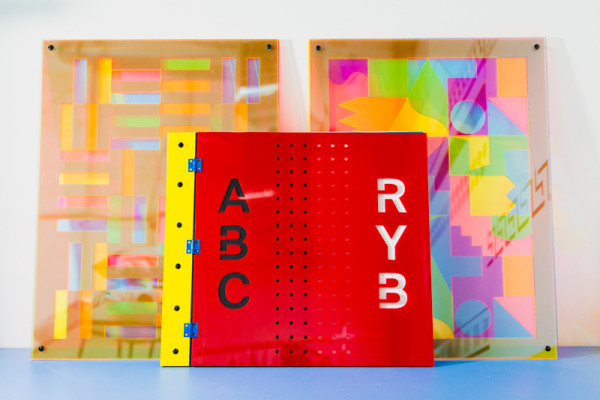
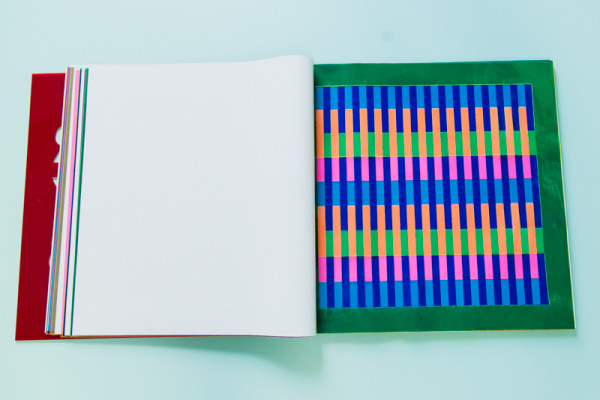
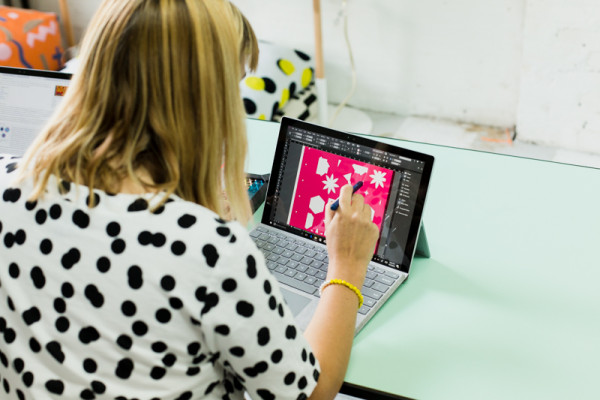
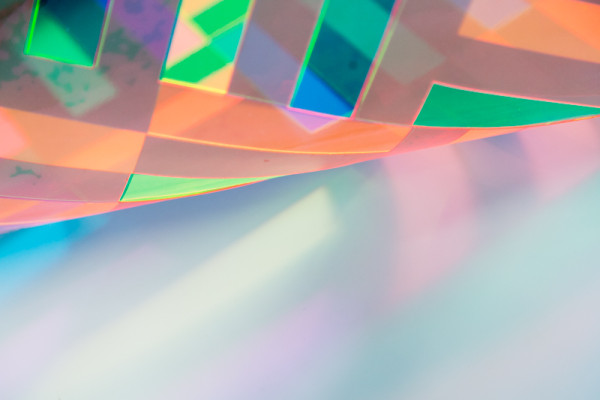
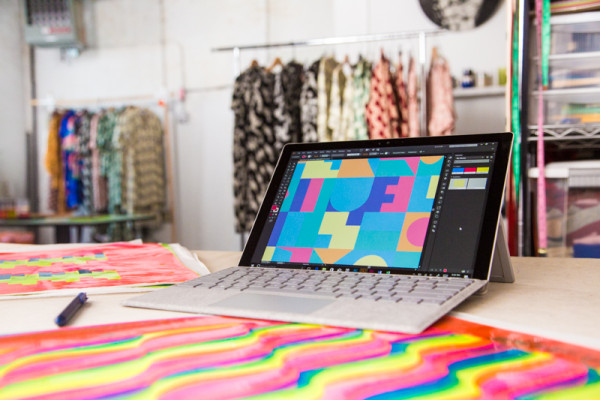
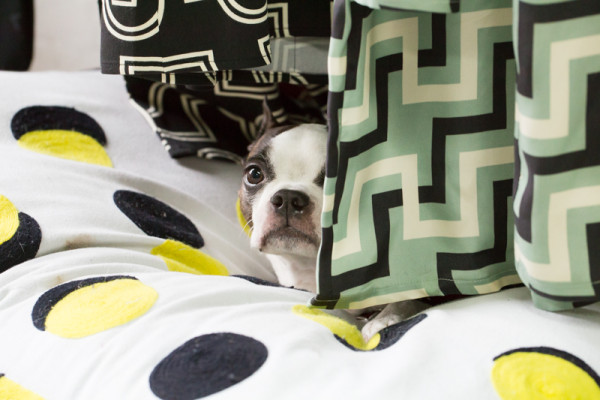
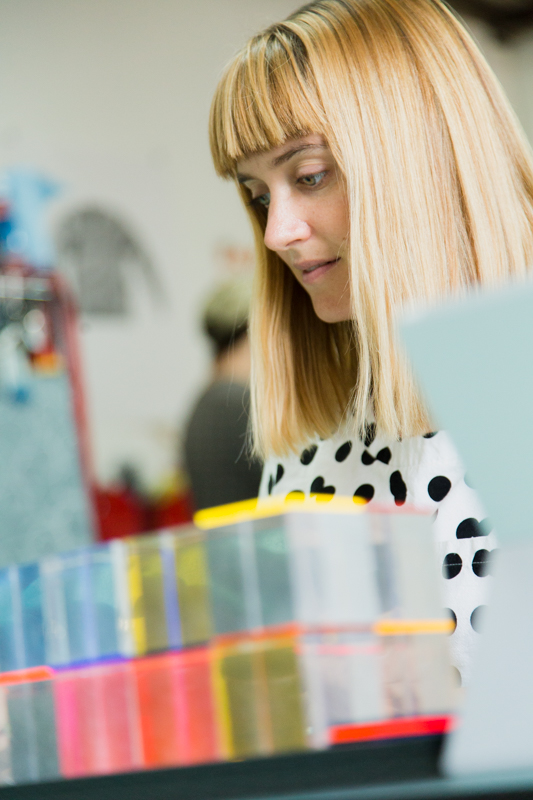
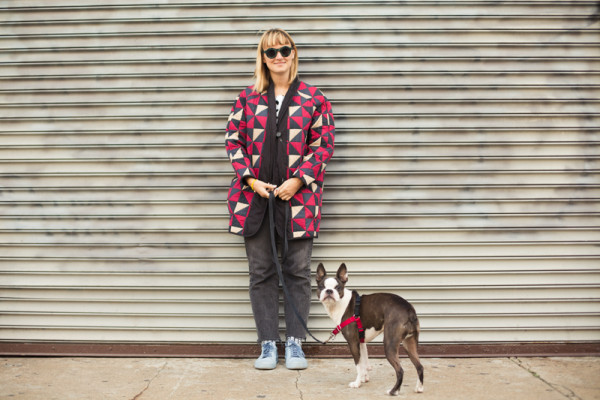
No comments:
Post a Comment